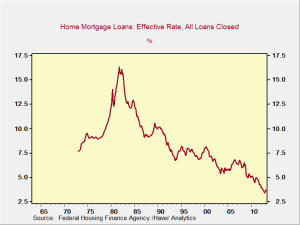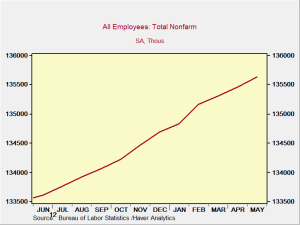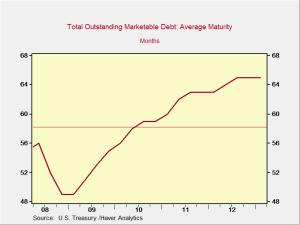Many of my posts over the past several weeks have focused on immediate, here-and-now issues—or, at most, ones we’ll be seeing over the next couple of months. With summer here (finally!) and sunshine cheering me up, I thought I’d take another look at the medium- to long-term future—which was good the last time I looked, about two years or so ago, and which has since gotten even better.
Two years ago, when I first gave a presentation on the longer-term outlook for the U.S., I identified several key issues: capital, raw materials/resources, manufacturing, energy, geography, markets, and labor. The U.S. was in a relatively superior position compared with its competitors in all of those areas, except for capital.











